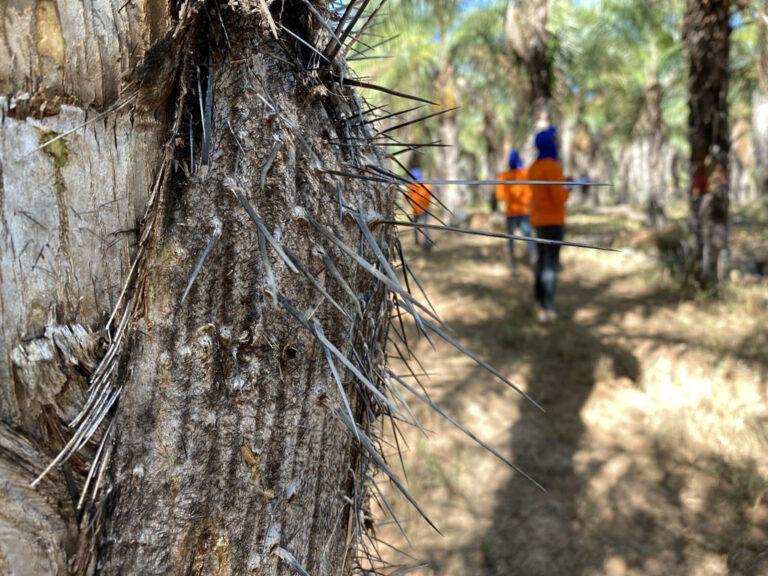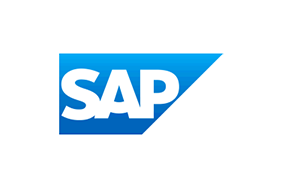How High Tech Helps S.Oleum Deliver ESG Metrics You Can Trust
by Derek Klobucher
Published 08-09-23
Submitted by SAP
How can a three-year-old agroforestry company produce trustworthy, sustainable feedstock – raw materials for finished goods, energy, and more – while reducing the amount of carbon in the atmosphere?
“We do that by using the biodiversity of this region, the Cerrado in Brazil,” Francisco de Blanco, S.Oleum co-founder and CEO, told SAP at the company’s headquarters, an innovative farm just outside João Pinheiro.
Why the Brazilian outback? This tropical savanna is home to the macaúba, a highly adaptable oil-producing tree with a penchant for scrubbing harmful CO2 from the air. Macaúba fruit yields advanced vegetable oils (AVOs) and high-protein food – and it can be 15 times more productive than soybeans.
“We are restoring the landscape that was deforested…Macaúba was native here many, many years ago,” Felipe Morbi, S.Oleum co-founder and Agroforestry VP, said. “Now we are bringing back these trees, and also all the other species, to restore this biodiversity.”
S.Oleum seeks to accomplish this scientifically, using macaúba and other crops in an integrated crop-livestock-forest approach, according to Morbi. The goal is to create working farms that rejuvenate degraded, low-yielding soil – and that sequester into the soil more carbon than they generate.
Science-Based Approach to Reforesting the Cerrado
“We are looking for the balance of the system,” Morbi said in a new SAP video. “We will measure the amount of carbon in the soil, the moisture, the biodiversity in terms of the plants we have, and also native animals coming back to the area.”
Toward that end, S.Oleum is starting small, but aiming big. Most of the current crop grows on a 700-hectare, or more than 1,700-acre, pilot farm. But S.Oleum intends to plant more than 65 million additional macaúba trees by 2029, which would reforest 180,00 hectares – about 444,800 acres – in Brazil’s southeastern state of Minas Gerais.
Over time, macaúba trees also help improve the nutrient and moisture capacity of the soil, making it easier to grow other crops, according to de Blanco. And S.Oleum increases farm productivity by growing carefully chosen crops in between rows of macaúba trees, such as sunflowers, peanuts, and yucas.
“If you do it right, agriculture as a system is positive for the environment,” de Blanco said. “Plants that were deforested a few decades ago, they are currently in a poor state because they were depleted by poor management…We believe there are better ways, and that’s what we are pursuing here.”
An innovative case in point: macaúba trees increase a biome’s carbon sequestration levels. Removing this greenhouse gas helps more than the planet; S.Oleum also generates revenue by selling carbon credits and building trust via its data.

Any Little Bit of Data
“Any little thing, any generation of data that R&D is currently developing, is extremely important,” Mirelle Santos, S.Oleum Agroforestry R&D manager, said. “We want to deploy technologies as dictated by those urgent needs.”
This could include remote sensing via drones that run fruit-recognition software, according to Santos. This would help S.Oleum gather and compile data quickly, without human error – and without sending workers, who must dress in personal protective equipment (PPE) to defend against snakes, mosquitos, the brutal Cerrado sun (even in winter), and dangerous macaúba thorns, which grow even on seedlings.
S.Oleum’s intricate business model combines agriculture, forestry, biodiversity, and carbon offsetting – and that leads to a lot of complexity. SAP technology will be an important differentiator for this small enterprise, as well as a foundation for its future growth.
“We have a big project to run; so, a lot of people, a lot of machines, a lot of suppliers,” Morbi said. “And we need everything in the right moment, in the right way.”
How to Best Manage ESG Metrics
“SAP is different because it is recognized as one of the most reliable ERP systems on the market, not only based on the technology,” de Blanco said. “Also, because it has well-established and well-defined processes.”
Standardizing processes was “extremely important” for S.Oleum both internally and to inspire customer, stakeholder, and regulatory confidence, according to de Blanco. SAP will also enable S.Oleum to run its circular enterprise as well as record, report, and act on its sustainability data.
“We have a very integrated system, and a very circular way to produce things,” de Blanco said. “Finding out where waste is generated – and where it’s being used – is very important to ensure the carbon intensity and the circularity of our systems at our entire site…This is where SAP helps us.”
SAP S/4HANA, SAP Ariba solutions, SAP Concur solutions, and SAP SuccessFactors solutions will help standardize all of S.Oleum’s processes, which will improve transparency and compliance, according to S.Oleum IT Director Marcio Propp. To help better manage and understand its myriad environmental, social, and governance (ESG) metrics, the company has also begun implementation of SAP Sustainability Control Tower and SAP Sustainability Footprint Management.
“It is super important that we have a very robust core system in place because it will serve as the basis for all our other processes…and practically all niche applications focused on digital agriculture connect with this core with SAP,” Propp said. “SAP is an agribusiness market standard, and it makes perfect sense for S.Oleum to be part of this ecosystem.”
That’s a big deal because compliant, transparent ESG metrics are crucial to S.Oleum’s success, according to de Blanco.

A Matter of Trust
“Somewhere around one-third of our revenues come from carbon credits,” de Blanco said. “This is our, let’s say, core business…to convert sustainability into revenues and financial results.”
That will require trust. SAP core technologies, such as SAP S/4HANA Cloud and SAP Sustainability solutions, will help S.Oleum keep that trust, thanks to a reliable foundation of sustainability data and robust, auditable ESG metrics for reporting.
“My advice for companies that are starting their sustainability endeavor: do it as quick as you can,” de Blanco said. “And do it attached to science.”
For more information on how SAP helps companies record, report, and act on their sustainability goals, visit www.sap.com/sustainability.

SAP
SAP
SAP’s strategy is to help every business run as an intelligent, sustainable enterprise. As a market leader in enterprise application software, we help companies of all sizes and in all industries run at their best: SAP customers generate 87% of total global commerce. Our machine learning, Internet of Things (IoT), and advanced analytics technologies help turn customers’ businesses into intelligent enterprises. SAP helps give people and organizations deep business insight and fosters collaboration that helps them stay ahead of their competition. We simplify technology for companies so they can consume our software the way they want – without disruption. Our end-to-end suite of applications and services enables business and public customers across 25 industries globally to operate profitably, adapt continuously, and make a difference. With a global network of customers, partners, employees, and thought leaders, SAP helps the world run better and improve people’s lives.
More from SAP

